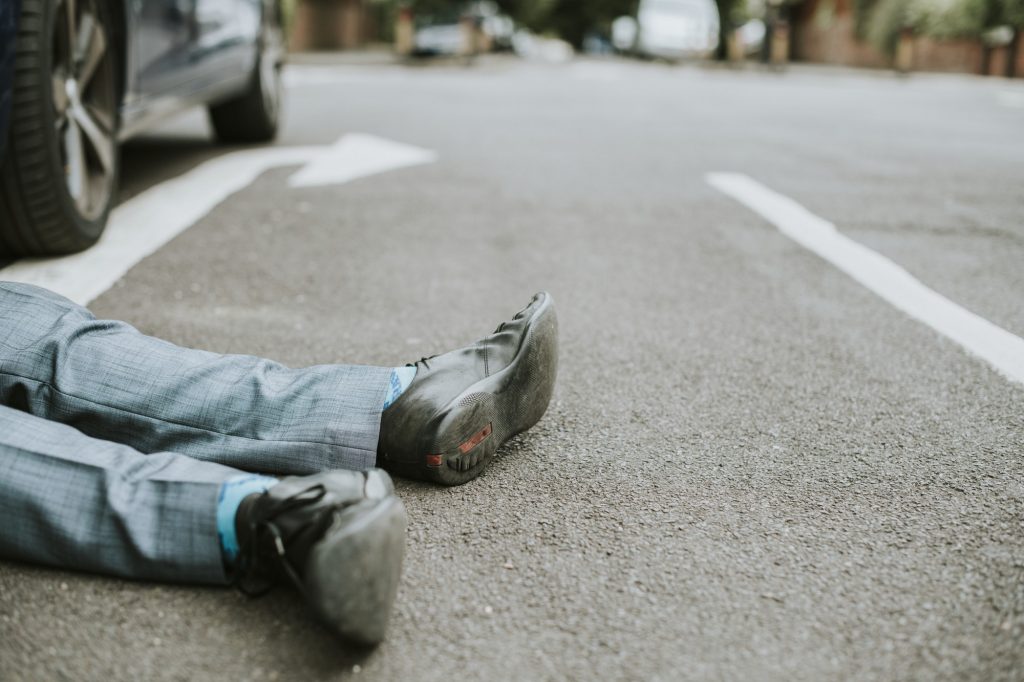AUTO INJURY

Being in a car accident can be a very scary thing to experience in life. You might not even know what’s the next step after you have left the scene of the accident. You might even feel slight discomfort and figure it might go away with time.
In the State of Florida, one must seek medical care within 14 days of the accident if they wish their auto insurance Personal Injury Protection (PIP) benefits to cover their medical bills. You may not realize that seeing a Physical Therapist for any injuries sustained in a car accident can be covered by your PIP benefits and you can usually be seen as early as the same day of the accident or next day.
Depending on the severity of the accident one can sustain minor cuts, bruises to more severe injuries such as broken bones, torn ligaments and/or tendons, pinched nerve, damage to the spine and significant muscle strains.
Physical therapy can help you improve or restore mobility, decrease pain and dependency on pain medication, regain your strength, accelerate your recovery, and avoid or delay the need for surgery. Early intervention through Physical Therapy treatments can help to prevent your symptoms from worsening over time. In some cases, if symptoms are left untreated, you might have already developed chronic symptoms and Physical Therapy can also help you with any long-term effects from an old auto accident.

Some common auto accident injuries we treat include:
- Sprains/Strains
- Fractures/Dislocations
- Cuts/Bruises (Soft and Bone Contusions)
- Head and Neck Injuries (Concussions/Whiplash Injury)
- Spinal Injuries (Disc Herniation/ Disc Bulge)
- Post-surgical rehabilitation (if surgery was deemed necessary such as in cases of fractured bone(s)) or complete tear of ligament(s)/tendon(s) and more severe instances where surgery was done as a life-saving intervention)
Treatments may include:
- Manual therapy
- Specific strengthening and flexibility exercises
- Education
- Training for proper lifting, bending, sitting, or doing chores at work and for proper sleeping positions
- Use of ice/heat treatments; ultrasound, electrical stimulation to help relieve pain
